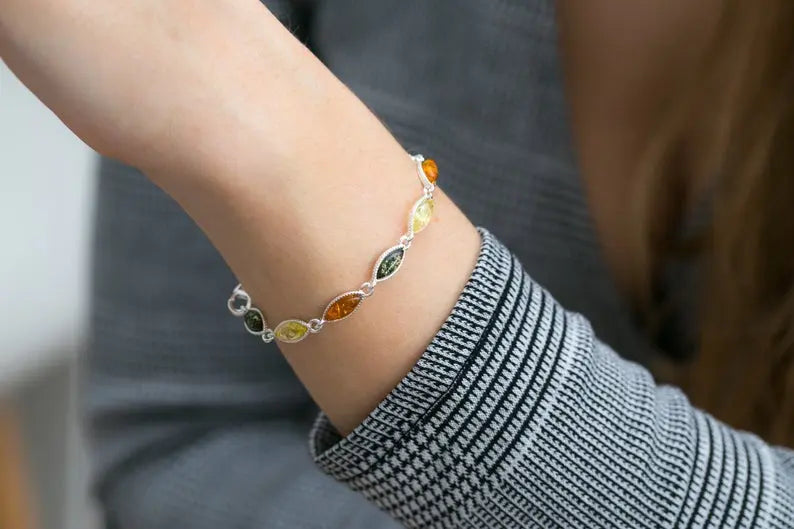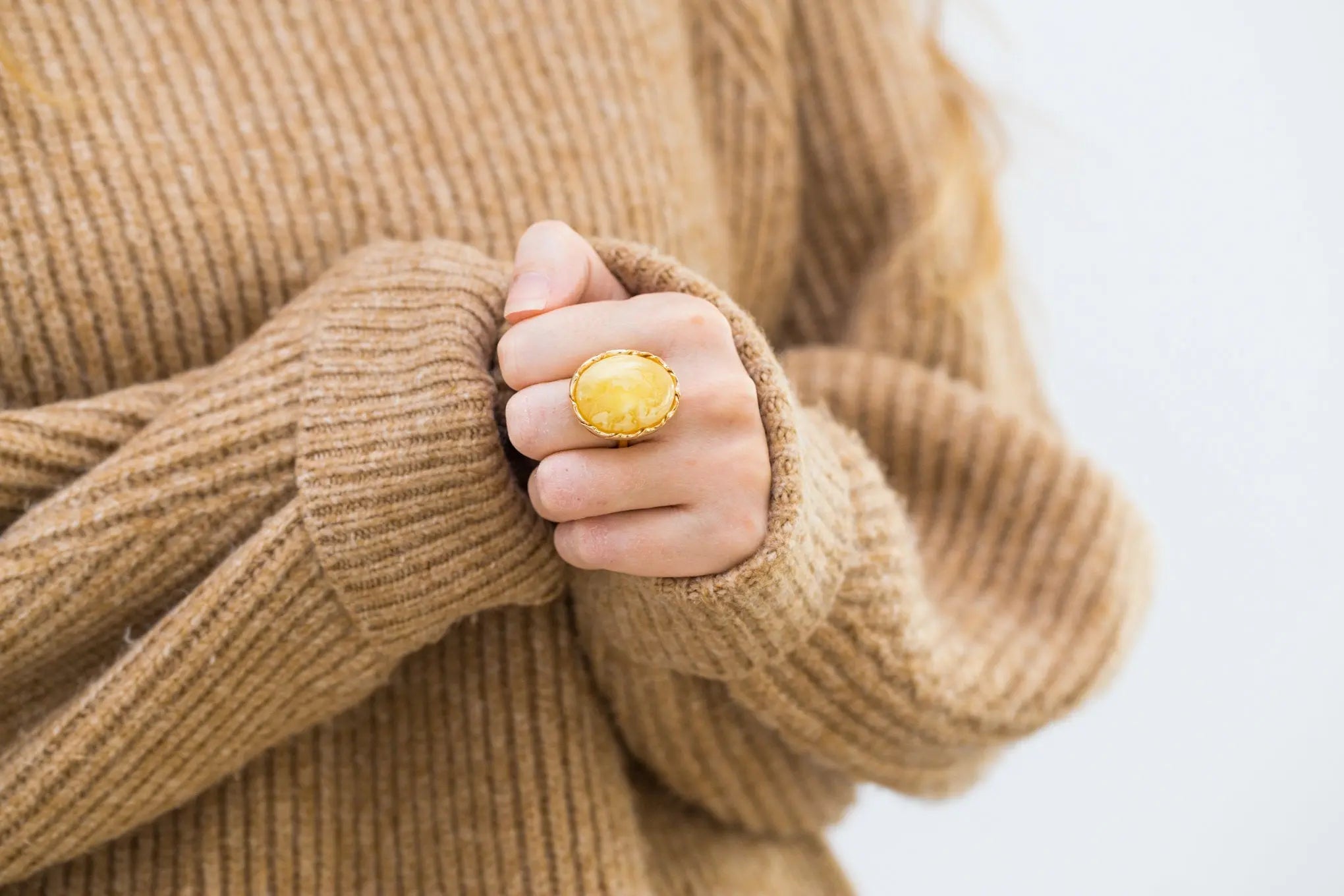Revealing the Truth: Is 925 Sterling Silver Jewellery Hypoallergenic?
Silver has captivated our senses for centuries with its timeless beauty and versatility. Among its many forms, 925 sterling silver has taken the jewellery world by storm. Its gleaming allure and intricate designs have made it a popular choice for adorning ourselves. However, just like with any piece of jewellery, concerns arise about its compatibility with sensitive skin. The pressing question often asked is, "Is 925 sterling silver jewellery hypoallergenic?" In this article, we're here to shed light on the matter and uncover the truths behind this inquiry.
Decoding 925 Sterling Silver
Before we delve into the realm of hypoallergenicity, let's decode the meaning of "925 sterling silver." Sterling silver is an amalgamation of 92.5% pure silver and 7.5% other metals, commonly copper. This alloying process is essential to enhance the metal's durability, as pure silver is too soft for practical use in jewellery. The term "925" serves as a hallmark, confirming that the piece contains the requisite 92.5% pure silver, setting a standard for quality silver jewellery.
Understanding Hypoallergenicity
To fully comprehend the concept, let's address what "hypoallergenic" signifies. In the context of jewellery, a material is considered hypoallergenic if it's unlikely to cause allergic reactions or skin irritation in individuals with sensitive skin or metal allergies. The term has gained significance as more people discover sensitivities to certain metals commonly used in jewellery.
925 Sterling Silver and Hypoallergenicity
Now, let's tackle the pressing question: is 925 sterling silver jewellery hypoallergenic? The answer is generally yes, but with some considerations. 925 sterling silver is often considered hypoallergenic for many people due to its composition, which reduces the risk of causing skin reactions. However, there are a few points to bear in mind:
-
Purity: The high purity of silver in 925 sterling silver significantly reduces the risk of triggering allergies. It's the other metals, like copper, that are more likely to cause reactions. However, since the percentage of other metals is relatively low, the risk is mitigated.
-
Individual Sensitivity: While 925 sterling silver is hypoallergenic for most people, individuals with extreme sensitivities might still experience minor reactions. Everyone's body chemistry is different, and some individuals can be sensitive even to hypoallergenic materials.
-
Coatings and Allergies: Some 925 sterling silver jewellery may be coated with rhodium or other materials to enhance its shine and durability. These coatings can provide an extra layer of protection against skin reactions.

Caring for Hypoallergenic Jewellery
If you have sensitive skin or a history of metal allergies, you can still enjoy the beauty of 925 sterling silver jewellery. Here are a few tips to ensure a comfortable wearing experience:
-
Opt for Purity: Choose high-quality 925 sterling silver pieces from reputable jewellers to ensure that the silver content is as pure as possible.
-
Coated Options: Consider pieces with protective coatings, as these can offer an additional barrier between the metal and your skin.
-
Trial Period: If you're concerned about potential allergies, wear the jewellery for a short period initially to gauge your body's reaction.
In Conclusion
925 sterling silver jewellery is generally hypoallergenic due to its composition and high silver purity. While it's a safe choice for most individuals with sensitive skin, personal sensitivity levels can vary. By selecting well-crafted pieces, considering coated options, and being mindful of your body's reaction, you can confidently adorn yourself with the captivating allure of 925 sterling silver jewellery. Remember, jewellery is meant to enhance your beauty, and with the right choices, you can enjoy it comfortably and stylishly.







